 |
Chris Bell | 'The man on top of the mountain didn't fall there.' |
| - Vince Lombardi |
 |
Chris Bell | 'The man on top of the mountain didn't fall there.' |
| - Vince Lombardi |
SNHU - MBA-640 Finance, Economics & Decision Making
Written by: Chris Bell - May, 2018
On behalf of Nordstrom Inc. I plan to present an investment plan to expand into Australia by opening 10 locations along the eastern side of the country. I'll describe the project in detail, provide resources and the expected time frame for completion and profitability. Furthermore, I'll justify the investment by explaining why now is a perfect time to start the project and how it strategically aligns with Nordstrom's business model and financial priorities. I'll complete the external capital funding proposal by explaining how it fits into Nordstrom's global microeconomic environment and how it builds on Nordstrom's core competencies and comparative advantage against TJ Maxx.
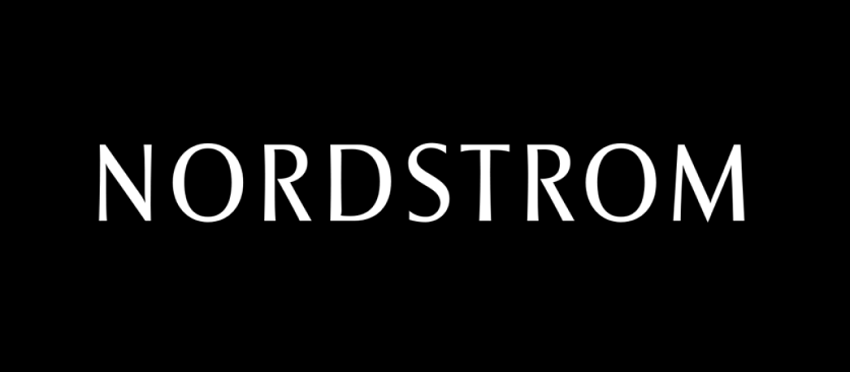
Expanding into Australia is less risky than Europe and Asia because it's a smaller landscape for total store locations, English is the native language, the culture isn't too much different than America and Nordstrom's marketing department will have a fun island oasis themed marketing campaign that draws people into their stores by using people's love for islands and vacation. My goal is to start with 10 stores with a total investment of $1.5 million dollars from the start of the project to the opening day. According to Renee (2017) of the Small Business Chronical, "Clothing boutique owners estimate the cost of starting a clothing store to be anywhere from $50,000 to $150,000." That includes everything from the first month of paying employees, insurance, equipment and inventory. According to eMarketer Retail, Nordstrom had 365 active locations in 2017 which vary between Nordstrom, Nordstrom Rack and their new Men's stores. Appendix A shows a graph from their website claiming that, of the 365 locations, Nordstrom owns 34 of the buildings and land, owns 63 more buildings with leased land and leases the balance of buildings and land. This project will focus on leasing both building and land in Australia because it will keep the costs within the budget of $150,000 per location, as mentioned by Renee (2017).
The specific resources that will be needed for this project include $1.5 million dollars, a project leader, a champion for approvals, an Australian connection to help with locations and culture, a complete assessment of inventory, operating with the Competition and Consumer Act, and according to www.service.nsw.gov.au, "understanding and complying with Fair Work laws, employment standards, and work health and safety laws". Sydney is in New South Wales, Australia and certainly one of the location opportunities of the 10. While the real estate will not be purchased, we'll still need an expert to find location opportunities that will attract the most customers. $1.5 million dollars is a small investment for Nordstrom considering their 2017 sales of $15.1 billion, according to their 2018 letter to customers. "In reality, retail companies tend to enter foreign markets initially through a small number of locations before progressively expanding their store networks over time (Picot-Coupey, Burt, Cliquet, 2014)."
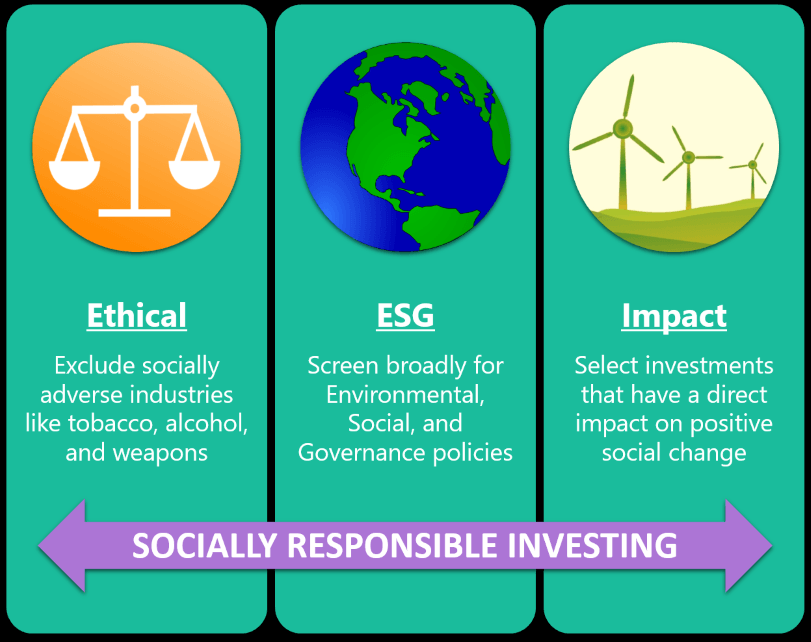
With the approval of the project champion and the help of the Australian connection, the project leader will use the $150,000 budget for each of the 10 locations. Nordstrom may want to design new clothing lines directed towards the Australian market, but may also want to include some of the American culture because some of the locals would like to see some American culture in the Nordstrom brand, what they might be accustomed to already buying online, for example.
"Walmart also did not adapt its products or strategies to accommodate the German culture. For instance, walking into a Walmart store in the United States, it is common practice to be greeted by a smiling associate at the door and then encounter another smiling face at the checkout counter. This same demeanor was expected of employees and implemented as practice in Germany. What Walmart did not consider was that due to a major cultural difference in Germany, many people feel uncomfortable being greeted with a smile by someone they do not know. (Yoder, Visich, & Rustambekov, 2016)."
Help from an Australian local expert in retail will be a major resource in helping Nordstrom avoid mistakes like this when expanding globally.
The expansion project will start in June of 2018 with a goal of being completed just before the holiday season in hopes to have a strong start in the Australian market. Many people living in Australia may already trust and appreciate the Nordstrom brand, and therefore, have no problem being an immediate customer. However, it will take time to grow the local customer base by interacting with the customers and community to build a customer-vendor relationship. "Buyer–seller relationships are complex undertakings, take time to evolve, and are difficult to imitate. The ongoing development of such relationships calls for sales capabilities (Haapanen, Juntunen & Juntunen, 2016)."
The life of the proposed project will be ongoing into the future as long as it remains positive for adding customer base, cash flows, net income and further expansion into the rest of Australia. Retail store become permanent fixtures into communities and landmarks for giving directions. Imagine the difference between an oil drilling company entering your community compared to a solar energy company to understand how a company can seriously impact its surroundings. Perhaps, Nordstrom can look into the costs of powering their store with solar energy to quickly win the approval of the locals, or simply find real estate locations that are already equipped with solar panels.
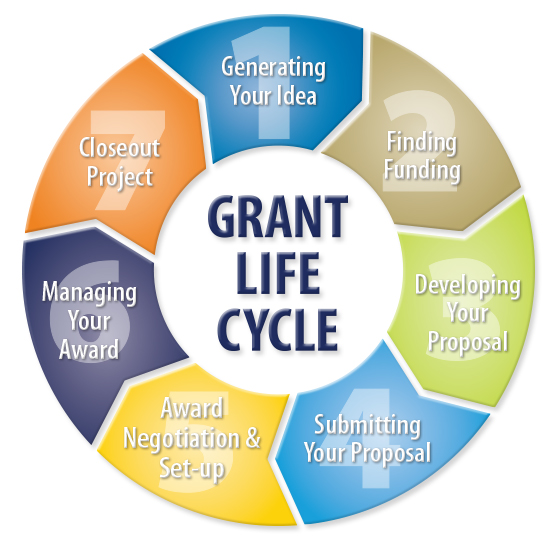
Exit plans are a difficult part of an investment plan, especially a global capital funding project so far away. Tim Hortons is a Canadian coffee company that decided to expand into the New England area. "After 6 years of losses, including $4.4 million in the first three quarters of 2010, Tim Hortons decided to close 36 stores and 18 kiosks in the New England region this in addition to 15 stores it previously closed. The decision entailed a complete exit from Connecticut, Massachusetts, and Rhode Island, a failure blamed on market saturation by numerous competitors (Yoder, Visich, & Rustambekov, 2016)." Contingencies on sales, profits and return-on-assets are common ways to develop an exit plan. Time-to-profitability is an interesting topic because it seems silly to lose money for more than 3 years an absurd to go on for 5 years while still claiming that it's a solid business plan to profitability, however Tesla has been in business since 2003 and has not yet create an income statement with positive net income.
TJ Maxx has expanded into Australia and currently has more than 30 stores, so Nordstrom should be able to repeat that process, right? Tim Hortons claimed that competition was too high and that the coffee market was saturated, so Nordstrom might also saturate parts of Australia as they try to compete with TJ Maxx. Some of the immediate sales will certainly come from TJ Maxx customers and further from Nordstrom online shoppers in a form of cannibalism. Nordstrom will not create an 11th store until net profits are positive. After 4 years of operation, Nordstrom will start to close its worst performing stores in Australia if none of them are turning a profit. Beyond 6 years with continued losses, Nordstrom will close the balance of the stores in Australia. Also, above and beyond those statements, Nordstrom will not lose more than $5 million dollars on this venture no matter how many years it takes to get to that point, without at least starting the exit plan.
Now is a perfect time for Nordstrom to expand into Australia because they have been successfully expanding into Canada and they had record sales in 2017. Within their cash flow statement, you can see that Nordstrom has been paying a dividend of more than 3% for many years along with buying back their own stock and paying down debt. In fact, in the last 3 years Nordstrom has bought back $1.5 billion dollars of their own stock, which could be spent on growth instead. This investment is small but penetrating Australia is a big leap for a company that's only currently in the US and Canada. "Countries now trade with one another and compete on a global scale when buying and selling goods and services. They are motivated to compete in the global arena to increase sales, improve profits, remain competitive, diversify their market and customer bases, and gain market share (Yoder, Visich, & Rustambekov, 2016)."
Importing Nordstrom's inventory and other tyoes of equipment used in their stores will be subject to Australian import laws and regulations, so they will need to understand and follow these regulations. Also, Nordstrom will need to be sure the entire project can indeed be completed to its upmost potential and that one simple regulation or law doesn't compromise the entire project. According to www.austrade.gov.au, "Businesses considering importing should be aware of government regulations, duty taxes, permits, and quarantine and treatments that apply to imported goods. Imports that do not meet these requirements can be seized by the Australian Department of Immigration and Border Protection." Tariffs and duties are another concern that Nordstrom needs to consider, "Goods imported in Australia require classification. Declaration procedures are based on self-assessment by importers. Declarations must be made to the Australian Customs and Border Protection Service, which also enforces import restrictions (www.austrade.gov.au, n.d.)."
This investment aligns with Nordstrom's organizational and financial priorities by creating an insignificant risk, low cost, fun and creative addition to their brand. According to their 2018 letter to customers, Nordstrom states; "Our decisions have been guided by our three strategic pillars: providing a differentiated product offering, delivering exceptional services and experiences, and leveraging the strength of our brand." Incorporating their brand into Australia will allow them to differentiate their brand a little bit more without a drastic change into Asia, Africa or Europe. This is considered an insignificant risk for Nordstrom because $1.5 million dollars is only 0.10% of the $1.5 billion dollars they used to buy back their shares in the last three years. Of course, that doesn't deem it a smart investment simply because they have the cash available, however Australia fits into their brand perfectly. Nordstrom can test the Australian waters with a small investment into 10 new stores and start to develop an ongoing strategy into the future.
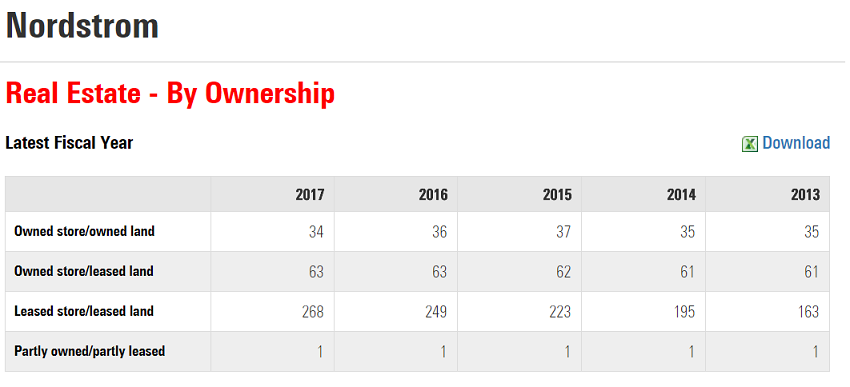
Nordstrom has been in operation for more than 100 years and continues to keep financial matters safe for their investors rather than growing rapidly in more of a risky fashion. Their 2018 letter to customers states a need to grow partnerships, become more modern and offer new styles to their customers: "We want to create newness and a sense of discovery for customers to further contribute to our strong regular-price selling, and drive compelling collaborations with preferred brands. In 2018 we will strive to continuously evolve our business while maintaining a constant focus on the customer-disrupting the status quo to solve customer needs in new and relevant ways." This is a good strategic fit for Nordstrom because they will be able to evolve their business operations while sticking to their core values.
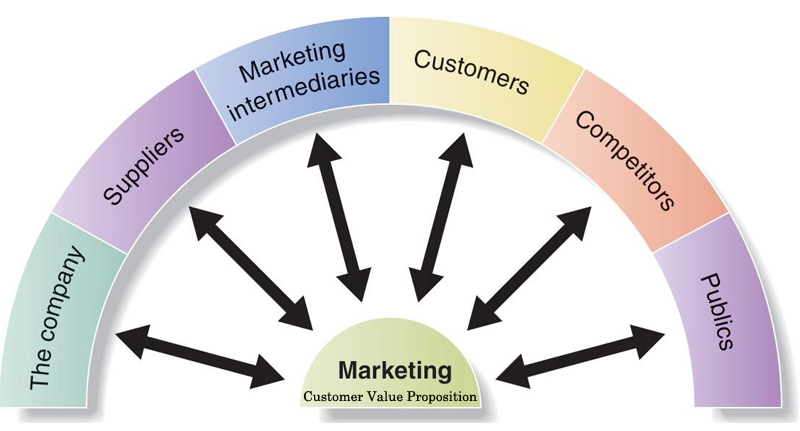
Opening ten stores in Australia fits within the global microeconomic environment because they keep strong control over their operations without thinking too far ahead. They have just recently expanded into Canada in the last 5 years after 100 years of being in business. "Five years ago, American fashion giant Nordstrom (NYSE:JWN) decided to expand into Canada. It identified a handful of attractive sites for full-line stores and made plans to open them over a three-year period beginning in late 2014 (Levine-Weinberg, 2017)." TJ Maxx, on the other hand, was established in 1976 and has expanded from the US to Canada, to Europe and finally Australia. Nordstrom likes low-risk investments with an eagle's eye over the operation and a long-term approach to being sure that the operation is profitable for the company. "For the economic-strategic stream, the choice of a FOM (Foreign Operational Market) is determined by the optimal degree of control over the foreign operation, given internal and external contingencies (Picot-Coupey, Burt, Cliquet, 2014)."
The expansion project builds on Nordstrom's core competencies and comparative advantage because of their attention to details within the customer experience. For example, while TJ Maxx is focused solely on growth for their investors, Nordstrom has been focused on nurturing customers, separate checkout lines for each department and instead of pointing to an area of the store the employee will walk with you. "In Nordstrom, salespeople can offer to ring up your purchase without you ever having to stand in line. A great small touch that had remarkable long-term results via word of mouth marketing because of that "nurturing" gesture (Schoultz, 2017)." The article title What Makes Nordstrom's Marketing Strategy Different? explains how they hire nurturers, empower employees, interact with customers as often as possible and never let a customer leave unhappy. Numerous companies state those qualities but rarely deliver when it comes time. It can be difficult for companies that are so strongly focused on growth to also remember to hire nurturing employees that will go out of their way for customers because they have the ability to do so, through employee empowerment training. This is where Nordstrom will have a comparative and competitive advantage over TJ Maxx within Australia. TJ Maxx already have more than 30 locations in Australia and they've only been in business since 1976. Even though the growth story is impressive I believe Nordstrom will have its place in Australia with a differentiated offering, which is exactly what their 2018 letter to customers states, differentiated.
References:Australian Government (n.d.). Australian export and import laws. Retrieved from:https://www.austrade.gov.au/International/.../Australian-export-and-import-laws eMarketer Retail (n.d.). Nordstrom. Real Estate by Ownership. Retrieved from: https://retail-index.emarketer.com/company/data/lfy/false/nordstrom-by-ownership Karine Picot-Coupey, Steve L. Burt, Gerard Cliquet. Retailers' expansion mode choice in foreign markets: Antecedents for expansion mode choice in the light of internationalization theories Journal of Retailing and Consumer Services, Volume 21, Issue 6, 2014, pp. 976-991 Lauri Haapanen, Mari Juntunen, Jouni Juntunen. Firms' capability portfolios throughout international expansion: A latent class approach Journal of Business Research, Volume 69, Issue 12, 2016, pp. 5578-5586 Levine-Weinberg, A. (September, 2017). Nordstrom Has Opened Its Last Full-Line Store in Canada: Will Profits Follow? Retrieved from: https://www.fool.com/.../nordstrom-has-opened-last-full-line-store-canada.aspx Nordstrom.com (n.d.). Investor Relations. Retrieved from: http://investor.nordstrom.com/phoenix.zhtml?c=93295&p=irol-irhome Renee, M. (August, 2017). Things you need to start a Clothing Boutique. Retrieved from: http://smallbusiness.chron.com/things-need-start-clothing-boutique-16600.html Schoultz, M. (March, 2017). What Makes Nordstrom's Marketing Strategy Different? Retrieved from: https://www.sailthru.com/...nordstrom-marketing-strategy-their-difference-maker/ Yoder, S., Visich, J. K., & Rustambekov, E. (2016). Lessons learned from international expansion failures and successes. Business Horizons, 59233-243. |